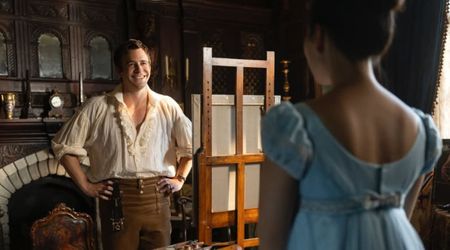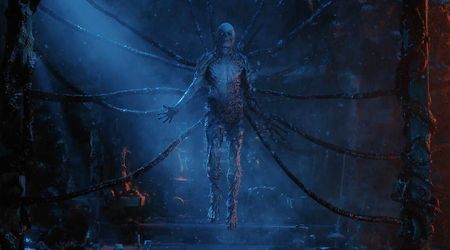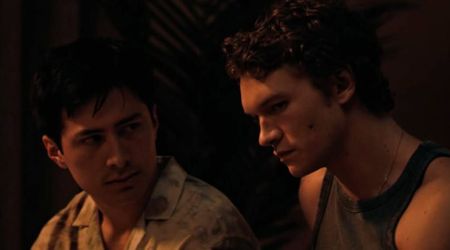Does Kattegat really exist? Vikings: Valhalla's real-world location explored

Contains spoilers for 'Vikings: Valhalla'
LOS ANGELES, CALIFORNIA: The location of Kattegat, central to the narratives of both 'Vikings' and 'Vikings: Valhalla', has sparked curiosity among viewers regarding its authenticity. The spinoff series, 'Vikings: Valhalla', continues the saga, taking audiences back to Kattegat during its premiere episode, 'The Greenlanders'. Notably, the 100-year gap between the two series brings significant changes to Kattegat, Norway.
After the conclusion of 'Vikings' in Season 6, 'Vikings: Valhalla' premiered on Netflix, reintroducing characters to Kattegat under King Canute's command. The prominence of Kattegat in both shows has led many viewers to question whether this city is a real place or a fictional creation for the series.
Kattegat has been the epicenter of the 'Vikings' universe since its inception and remains a pivotal location throughout 'Vikings: Valhalla'. As the spinoff series progresses, the intrigue surrounding Kattegat’s reality persists. Let's delves into the fascinating answer to whether Kattegat is a real location or a construct of historical fiction, exploring its real-world inspirations and significance.
Is Kattegat in 'Vikings: Valhalla' real?

Interestingly, there is a real Kattegat, but it's not exactly as portrayed in the TV shows. In 'Vikings', Kattegat is depicted as a bustling city in Norway. However, in reality, Kattegat is not a city but a sea area located between Denmark, Norway, and Sweden.
This sea is bordered by the Jutland Peninsula in the west, the Danish Straits islands to the south, and several Swedish provinces to the east. Kattegat's waters are known for being shallow and filled with reefs and dangerous currents, which makes navigation risky. This treacherous nature is depicted in 'Vikings: Valhalla' during the journey of Leif Eriksson and Freydis Eriksdotter.
In 'Vikings: Valhalla', Kattegat has evolved into a significant trading port ruled by Jarl Haakon (Caroline Henderson), reflecting its strategic importance in the region. The real Kattegat area spans approximately 12,000 square miles and includes major ports like Gothenburg, Aarhus, Aalborg, Halmstad, and Frederikshavn.
For filming, both the shows used Lough Tay in County Wicklow, Ireland, to represent Kattegat. While the series takes liberties with Norse myths and historical facts, it draws inspiration from real places like Kattegat. The evolving portrayal of Kattegat from a humble village to a significant trading hub mirrors its real-life importance in Scandinavian history.
The reason behind the fictional rule of Jarl Haakon in 'Vikings: Valhalla'

In 'Vikings: Valhalla', Jarl Haakon, portrayed by Caroline Henderson, assumes leadership over Kattegat, Norway, during Season 1. However, this portrayal is largely fictional, as there is no historical evidence of a female Viking ruler.
While women in Viking society held significant roles and rights compared to other contemporary cultures, records do not document them as rulers in the political sense. In the series, Jarl Haakon rises to power after her husband's death at the hands of Christians for refusing to renounce pagan beliefs. This narrative reflects aspects of Viking cultural practices where women could lead households in certain circumstances.
The name 'Haakon' likely draws inspiration from historical figures like Haakon Sigurdsson, who ruled Norway in the late 10th century. This historical context lends some authenticity to the use of the name in a fictional context.
While many characters in the 'Vikings' universe are fictional or composite figures based on historical fragments, the city of Kattegat itself remains a central and recognizable setting, embodying the spirit of Viking history and legend in popular culture.
'Vikings: Valhalla' trailer
'Vikings: Valhalla' Season 1 and 2 is available for streaming on Netflix.










